Thus, the total number of UNESCO Global Geoparks in the UNESCO Global Geoparks Network is now 229 in 50 countries.
 |
Dinosaur Life – Phja Po Peak, Mau Son Tourist Area, Lang Son UNESCO Global Geopark. Photo: Bui Thuan |
According to the Lang Son Investment, Trade and Tourism Promotion Center, the recognition of Lang Son Geopark as a UNESCO Global Geopark is very important for the sustainable tourism development of Lang Son province, connecting Lang Son with partners in the UNESCO Global Geopark network, making practical contributions to common sustainable development goals, creating more motivation and opportunities to concentrate more resources for Lang Son province to strengthen and promote the management, conservation and promotion of the values of geological heritage, cultural heritage, history, archeology, biodiversity, as well as the province's unique landscapes.
In addition, Lang Son UNESCO Global Geopark possesses unique, typical and outstanding values that can contribute and supplement importantly to the program of conservation and promotion of the values of the Global Geopark system.
The UNESCO Global Geoparks Programme, which celebrates its 10th anniversary this year, and the Global Geoparks Network bring together territories recognised for their rich geological heritage – rock formations, mountains or volcanoes, caves, canyons, fossil sites or ancient desert landscapes – that bear witness to the history and evolution of our planet and its climate. These sites are also places for conservation and environmental education, where local and indigenous communities can promote their cultures.
 |
Cave at the bottom of Ung Roac Sinkhole, Binh Gia District, Lang Son UNESCO Global Geopark. Photo: Vietnam Expeditions |
“Over the past ten years, UNESCO Geoparks have become models for the conservation of geological heritage. But their role goes much further: they support educational projects, promote sustainable tourism and keep the knowledge and traditions of these territories alive through the active involvement of local and indigenous communities,” said Audrey Azoulay, Director-General of UNESCO.
Nestled amid the limestone peaks of northern Vietnam, Lang Son Global Geopark tells a remarkable story of changing seas, volcanic eruptions and evolving ecosystems, according to UNESCO. The geopark is a natural archive, preserving evidence of the evolution of life through the ages.
The park’s oldest rocks show traces of an ancient seabed once inhabited by trilobites – marine creatures that looked like arthropods – and pens, the first marine animals to live in colonies. As the sea receded, it left behind layers of shale, sandstone and limestone, and the volcanic landscape emerged.
 |
Khuon Bong Cave, Bac Son District, Lang Son UNESCO Global Geopark. Photo: Vietnam Expeditions |
One of the Geopark’s notable geological features is the Na Yang Depression – a natural depression that offers a rare glimpse into the Southeast Asian environment some 40 to 20 million years ago. Fossils found here reveal a lush tropical ecosystem rich in plants and animals, and provide important insights into how mammals moved between continents. The unique geology of the area also influenced local agriculture, with mineral-rich soils supporting crops such as custard apple and anise.
The Bac Son limestone massif – a striking mountain range formed from ancient seabed sediments – reveals traces of some of Vietnam’s earliest inhabitants, with stone tools, ceramic artifacts and burial sites providing a glimpse into prehistoric life.
The geopark is home to a diverse range of ethnic groups including the Kinh, Nung, Tay and Dao, who maintain their unique languages, crafts and traditions. Central to the spiritual life of the area is Dao Mau, a Mother Goddess religion that combines music, spirit mediumship and storytelling to honour the deities believed to govern the realms of heaven, earth, mountains, forests and water.
 |
Yen Son Heaven Gate, Huu Lung District, Lang Son UNESCO Global Geopark. Photo: Vietnam Expeditions |
According to UNESCO, Lang Son’s rich cultural traditions continue to this day in vibrant festivals, traditional costumes and folk arts such as Then singing, described as resembling the rhythm of fairies, and Tinh lute. Mother Goddess worship and Then singing are both inscribed on UNESCO’s Intangible Cultural Heritage List. These cultural practices, passed down through generations, remain central to the local community’s identity.
Source: https://baophapluat.vn/unesco-cong-nhan-cong-vien-dia-chat-toan-cau-lang-son-post546369.html



![[Photo] President Luong Cuong presents the decision to appoint Deputy Head of the Office of the President](https://vphoto.vietnam.vn/thumb/1200x675/vietnam/resource/IMAGE/2025/5/8/501f8ee192f3476ab9f7579c57b423ad)
![[Photo] National Assembly Chairman Tran Thanh Man chairs the meeting of the Subcommittee on Documents of the First National Assembly Party Congress](https://vphoto.vietnam.vn/thumb/1200x675/vietnam/resource/IMAGE/2025/5/8/72b19a73d94a4affab411fd8c87f4f8d)
![[Photo] General Secretary concludes visit to Azerbaijan, departs for visit to Russian Federation](https://vphoto.vietnam.vn/thumb/1200x675/vietnam/resource/IMAGE/2025/5/8/7a135ad280314b66917ad278ce0e26fa)
![[Photo] Prime Minister Pham Minh Chinh meets with the Policy Advisory Council on Private Economic Development](https://vphoto.vietnam.vn/thumb/1200x675/vietnam/resource/IMAGE/2025/5/8/387da60b85cc489ab2aed8442fc3b14a)
![[Photo] General Secretary To Lam begins official visit to Russia and attends the 80th Anniversary of Victory over Fascism](https://vphoto.vietnam.vn/thumb/1200x675/vietnam/resource/IMAGE/2025/5/8/5d2566d7f67d4a1e9b88bc677831ec9d)
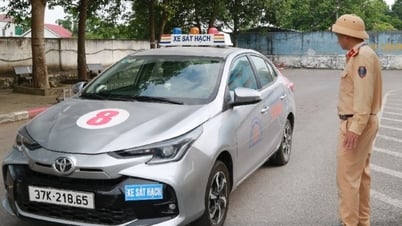
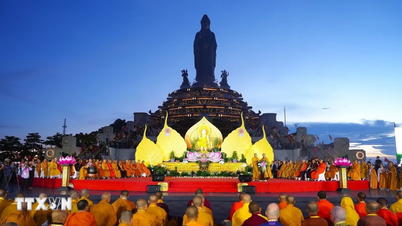
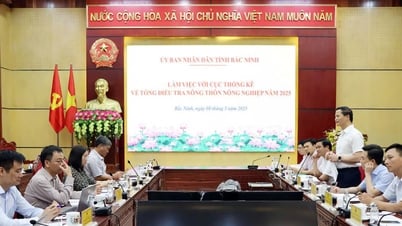
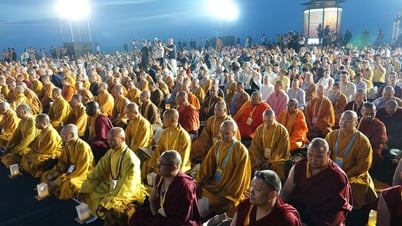

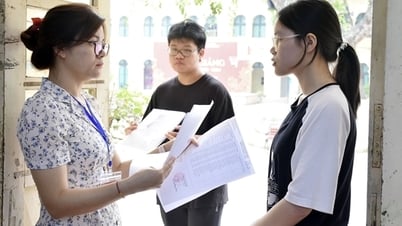




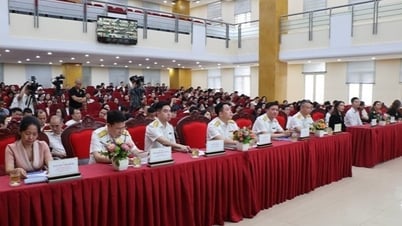
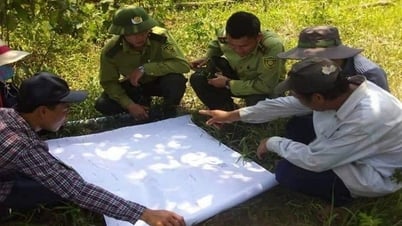
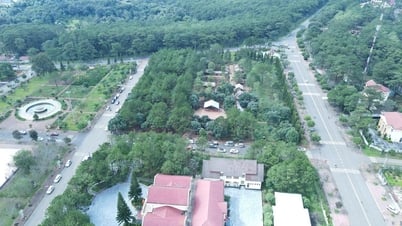
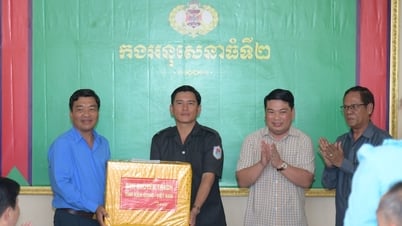
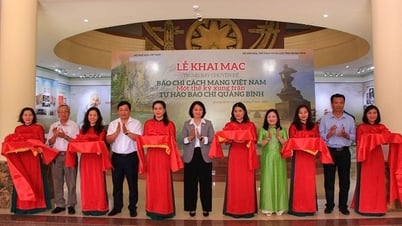


































![[Photo] Prime Minister Pham Minh Chinh talks on the phone with Singaporean Prime Minister Lawrence Wong](https://vphoto.vietnam.vn/thumb/402x226/vietnam/resource/IMAGE/2025/5/8/e2eab082d9bc4fc4a360b28fa0ab94de)














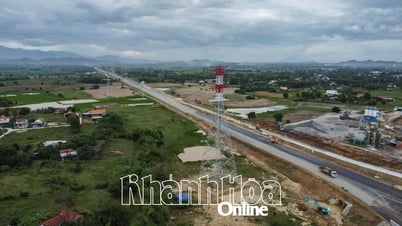
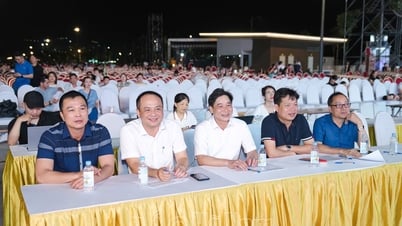

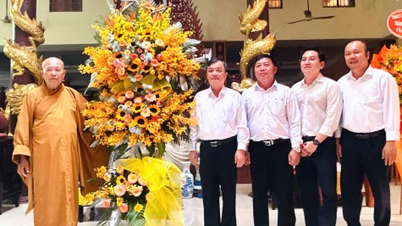















Comment (0)